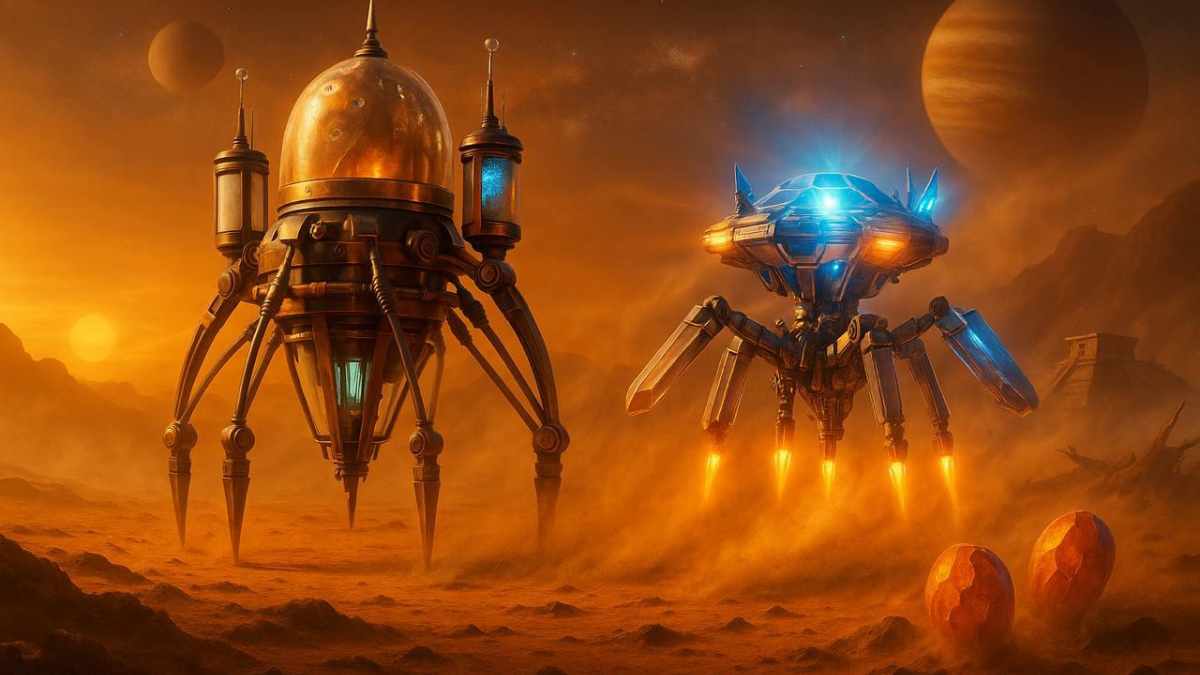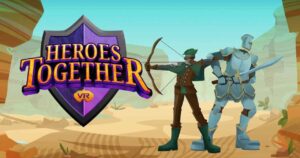Match 3 is leaning harder into the Web3 layer of its casual puzzle foundation. The project, which mashes up mobile-style match-3 mechanics with tokenized assets, just launched its first NFT land event. The draw? Claiming an island for $2.
This isn’t a visual land builder or world sim. The islands function more like game utility assets, not explorable terrain. That distinction matters, especially in a space where “land” can mean anything from a JPEG to a real-time rendered 3D space.
What Expedition 1 Introduces
The land event, called Expedition 1, serves as the foundation for the game’s staking and resource-generation system. Once you mint an island NFT, you can assign a character to it and start collecting in-game materials. These resources feed back into other parts of the ecosystem, including upgrades and potential token-based rewards.
There’s no active gameplay tied to the islands themselves. The interaction comes from owning, assigning, and collecting, which places the mechanic somewhere between idle game systems and traditional Web3 staking loops.
Low Cost Entry With Tiered Limits
Each island is a fixed-price NFT at $2, with a cap of 100,000 islands available during the event. That puts the entry point lower than most Web3 land offerings, likely a move to attract a larger base of casual players used to microtransactions rather than full-on crypto speculation.
Users can own multiple islands, but only the first two are available at the base price. Additional plots scale upward in cost, and the system limits how many islands can be assigned characters at once. That constraint introduces a layer of resource management without turning it into pay-to-win territory—at least on paper.
NFT Functionality Over Visual Customization
There’s no customization or aesthetic variance with the islands. All plots serve the same purpose. This makes them more like utility tokens than traditional land NFTs used in metaverse-style projects. The game leans into function over form, which aligns more closely with staking mechanics than sandbox-style experiences. This approach may appeal to players already familiar with idle games or mobile sims where progress comes from systems optimization rather than direct control.
Where It Fits in the Current Web3 Landscape
Web3 games have started to shift away from heavy buy-in models and toward more accessible structures. Match 3 seems to follow that trend, using familiar puzzle gameplay as a gateway while layering token mechanics under the hood. It doesn’t require deep blockchain knowledge to interact with, but it still relies on NFT-based ownership for its progression loops.
The Expedition system is clearly built to evolve, and the current event looks more like a testbed than a final product. What comes next will depend on how players engage with the resource loop and whether the ecosystem supports meaningful growth beyond passive rewards.
Web3 Analyst & Play Blockchain Games Guide
CryptoKit breaks down Web3 gaming like it’s second nature. From tokenomics to airdrop strategies, she turns blockchain chaos into clear, actionable advice for players who want to win more than XP.




